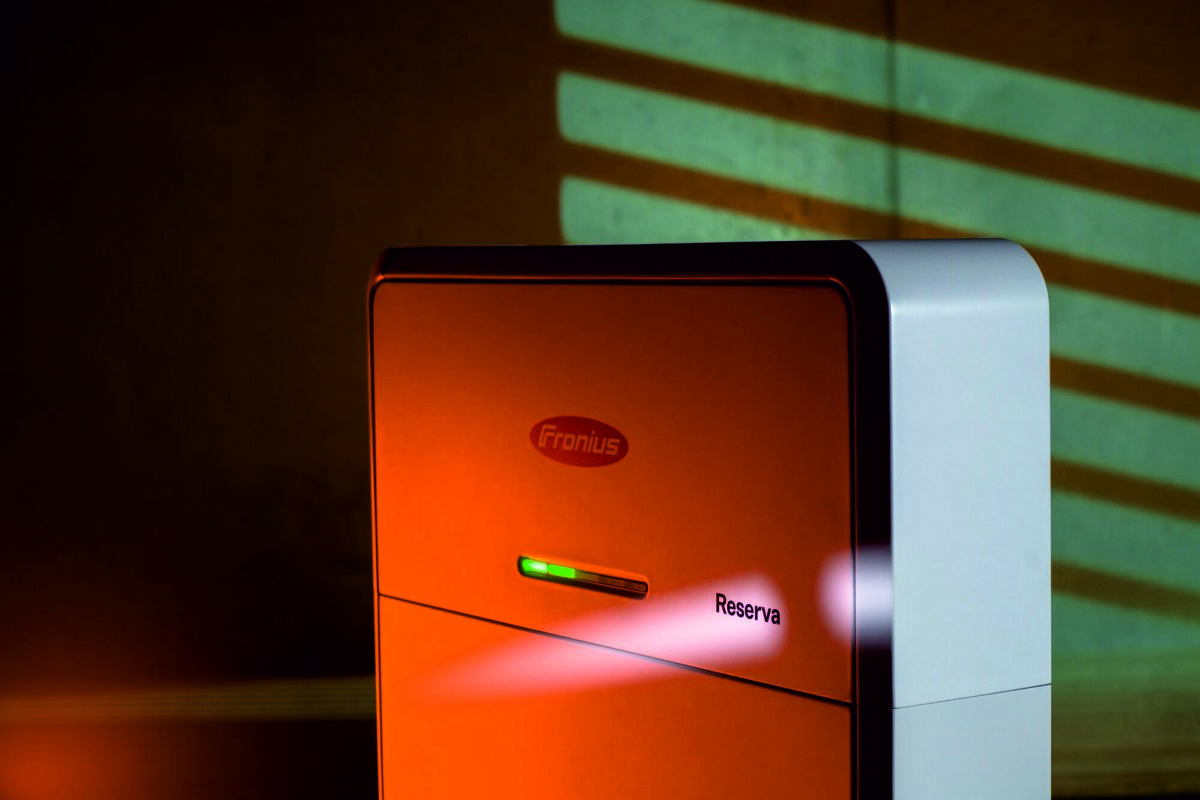September brought contrasting solar conditions across Europe, with low-pressure systems causing cloudier skies and reduced irradiance in Southern and Western regions, while areas further north and east enjoyed sunnier weather, according to analysis using the Solcast API.
High-pressure systems helped keep skies clearer in parts of Central and Northern Europe, despite the impacts of Storm Boris mid-month.

The month was marked by moist Atlantic and Mediterranean air that increased cloud cover and precipitation across Southern and Western Europe. A series of low-pressure systems centered over France led to the biggest drop in irradiance by up to 25%. This pattern brought
widespread overcast conditions and above-average rainfall. However, the Iberian Peninsula was an exception, with most of Spain and Portugal experiencing relatively sunnier conditions than expected in September.
In Central Europe, solar irradiance was varied as storm activity alternated with clearer periods. The arrival of Storm Boris in mid-September caused significant rainfall and heavy cloud cover. Closer to the Mediterranean area, in particular, still saw below average
irradiance due to the onshore moist air. Yet, high-pressure systems earlier and later in the month resulted in clearer skies across more northerly regions, such as Poland, Czechia, and Slovakia. While some periods of sunshine offset the impact of the storm, overall rainfall in
Central Europe remained above average.

Further north, conditions were markedly different, with September bringing above-average irradiance to much of the region due to drier, warmer air masses from Eurasia, sustained by a strong high-pressure system. The effect was most noticeable in the Baltic States and parts
of Russia, where irradiance was 25% above normal. A clear divide emerged along the Sudeten and Carpathian mountain ranges, where areas to the north saw more sunshine than usual, and regions to the south experienced less favorable solar conditions.
Solcast produces these figures by tracking clouds and aerosols at 1-2km resolution globally, using satellite data and proprietary AI/ML algorithms. This data is used to drive irradiance models, enabling Solcast to calculate irradiance at high resolution, with typical bias of less than 2%, and also cloud-tracking forecasts. This data is used by more than 300 companies managing over 150GW of solar assets globally.
The views and opinions expressed in this article are the author’s own, and do not necessarily reflect those held by pv magazine.
This content is protected by copyright and may not be reused. If you want to cooperate with us and would like to reuse some of our content, please contact: editors@pv-magazine.com.



By submitting this form you agree to pv magazine using your data for the purposes of publishing your comment.
Your personal data will only be disclosed or otherwise transmitted to third parties for the purposes of spam filtering or if this is necessary for technical maintenance of the website. Any other transfer to third parties will not take place unless this is justified on the basis of applicable data protection regulations or if pv magazine is legally obliged to do so.
You may revoke this consent at any time with effect for the future, in which case your personal data will be deleted immediately. Otherwise, your data will be deleted if pv magazine has processed your request or the purpose of data storage is fulfilled.
Further information on data privacy can be found in our Data Protection Policy.